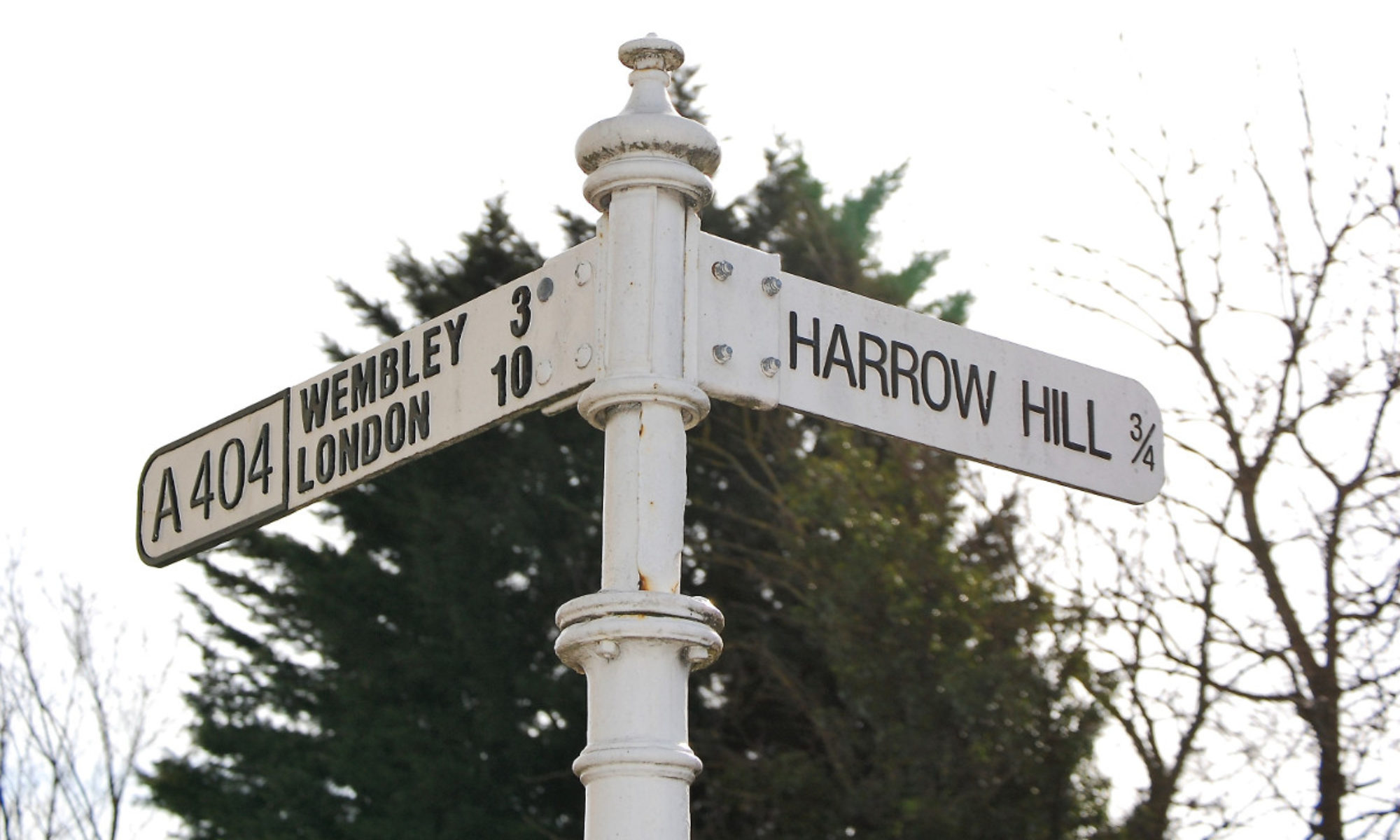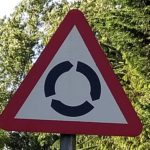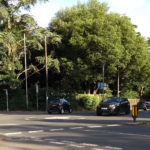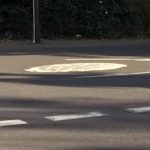Getting a UK driving license as an American is not as easy as it might seem.
As mentioned previously, our US driver licenses’ are only valid for driving for our first year here. After that, we must have UK
I already had my UK provisional licence when I got that notice, so I scheduled a theory (written) test and crammed for it. The test has two parts, both on a computer: the first is multiple-choice questions on driving law and practice, the second is a hazard perception test that shows several videos of driving situations and you have to click when you first detect something that requires action from the driver. That second part made me a little nervous, but I did fine and passed both parts on my first attempt.
Hurry Up and Wait
You’re not eligible to take the practical driving test until you’ve lived in the UK for at least six months, or in my case, four weeks after my license expired. So, I lost my driving privileges. Happy birthday to me. Adding to my frustration, the soonest I could schedule the driving test was mid-October, over two months after my license expired!
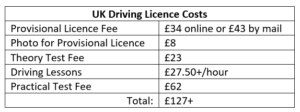
Kurt took a few lessons to get comfortable before driving on his own. Since I had driven in the UK before, I didn’t feel I needed lessons other than for driving test prep. So, when we got the car, I was our driver for the first six weeks. It was a little nerve-wracking getting re-accustomed to driving on the left. But, there’s usually enough traffic around to remind you where you’re supposed to be, so that isn’t the hard part. The hard part is having so much car on your left, especially on narrow roads with parked cars.
The Same, But Different
The differences between driving in the US and the UK are significant. Of course, vehicle operation is the same, but the roads and rules are very different. Roads here are narrow, even major roads. Most streets are one lane in each direction with parking on one or both sides. In places, that means traffic can proceed in only one direction at a time. Frequently, cars move in both directions with parked cars on both sides, so there’s a parked car within inches to the left and one moving in the opposite direction on the right.
Recently, we chatted with a chap who’d been to the US, and he commented on the size of our roads, “You can wander all around your lane and not worry about hitting anything because the lanes and roads are massive!” An exaggeration, but not entirely untrue.
The British generally drive more cooperatively and are usually more willing to share the road than Americans, probably because there’s so little of it.
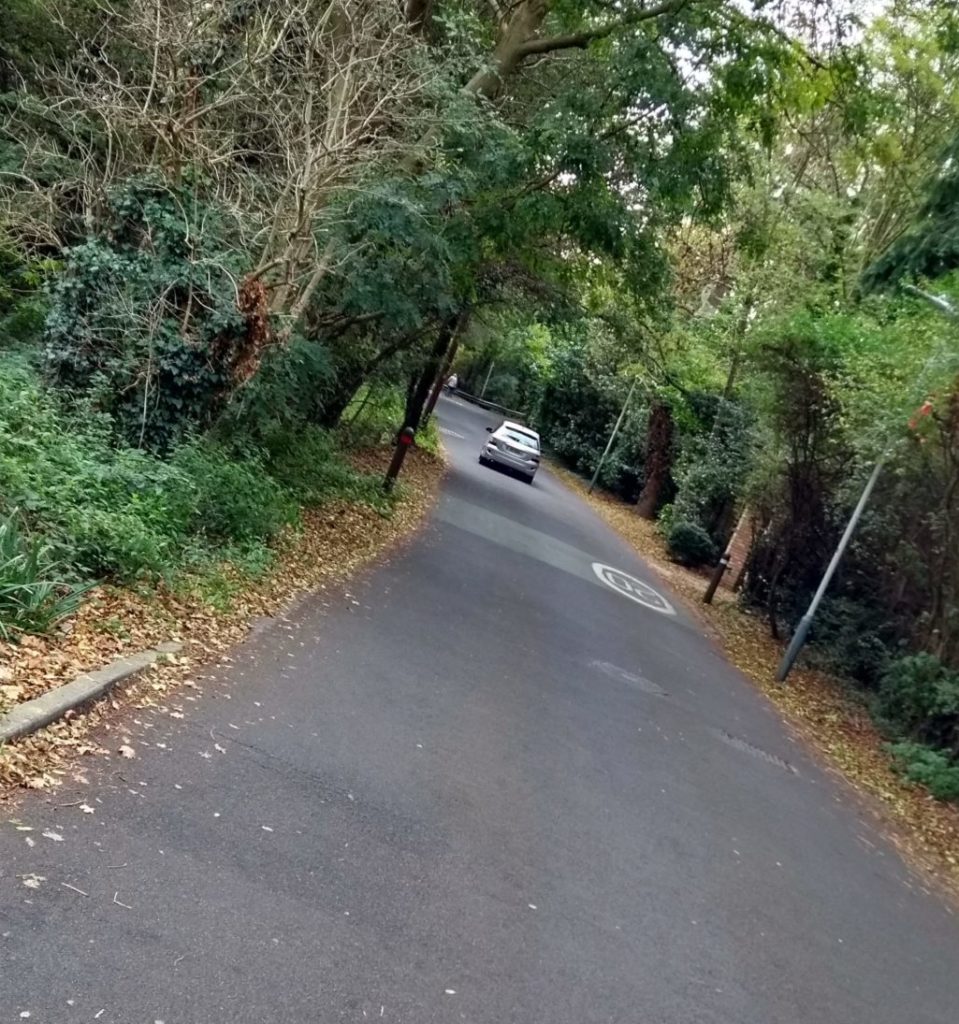
Two lane road in our neighborhood 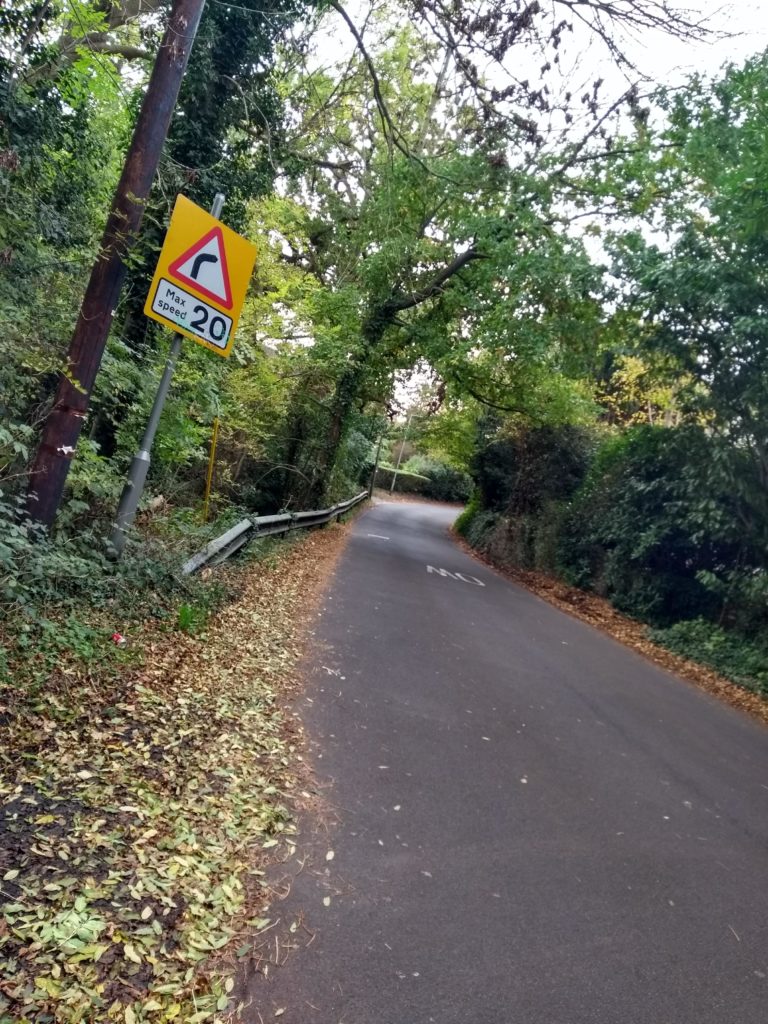
Two cars are supposed to fit through that blind curve 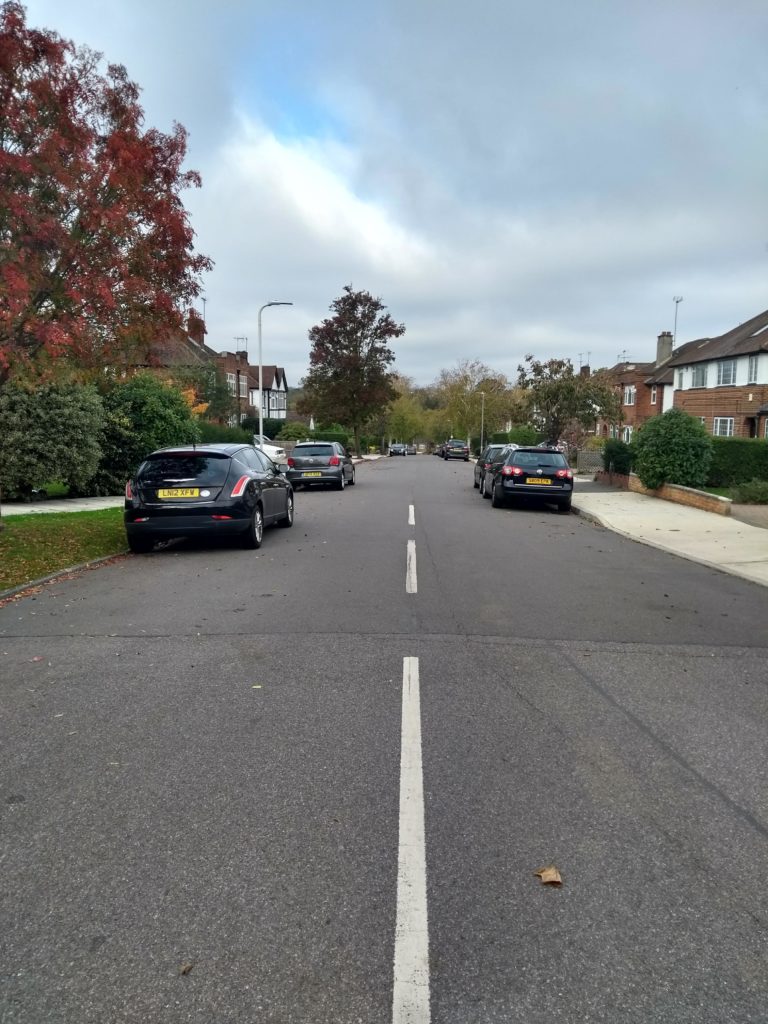
A fairly wide street that will have even more cars parked on it when everyone gets home from work.
Stop signs are almost non-existent here; instead, give way (yield) is the rule. Stopping unnecessarily where you’re only required to give way will get you honked at. Most Californians would be comfortable since rolling stops are the norm there.
Roundabouts
They are everywhere. They vary in size from a white circle painted in the middle of a small intersection to a massive quarter-mile spoked wheel with multiple lights controlling movement into and around it. There’s a system for using roundabouts and its effectiveness depends on everyone using it. Large, light-controlled roundabouts are easy: follow the lights and lanes and look out for people doing their own thing (they have those too). Otherwise, give way to traffic from the right, don’t stop unless you must, and use your turn signal. Which is another difference, most people know what those are for and use them.
Once my license expired, Kurt took over driving and I started lessons to prepare for the test. Kurt liked his instructor, so I used the same one. After my first lesson, Kurt asked how it went. I replied, “Well, I didn’t kill him.” I don’t mean my driving didn’t kill him. I’ve been driving for 35 years; he wasn’t in danger from my driving. But, I can’t tell you how annoying it is to have someone not just backseat drive but literally give non-stop directions, cues, and corrections on every single thing you do (or don’t do). I was fed up after about five minutes. It was a two-hour lesson.
I didn’t want my California license to lapse so long that I’d have to retest when we go back, so I sent the DMV a renewal by mail application with a letter pleading my case and a letter from an optometrist certifying my vision. In it, I explained that I got a new license due to my name change when Kurt and I got married, so they have a recent picture and thumbprint. I sent that off in early September and they cashed my check for the renewal fee in early October. Half of me expected a new California license to show up in the mail the day after I passed the test. The other half hoped it would show up in case I failed.
Test Time
The day of my driving test finally arrived. My instructor picked me up for some last-minute practice. The test
The test was straightforward. The examiner asked safety questions about the vehicle and its operation, one while stationary and one while driving. They tell you to execute certain maneuvers when it’s safe to do so. But, they tell you that when it’s not safe to see if you’ll do it anyway.
At first, they tell you where to go, but for about half of the test, they tell you to follow the road signs to a specific destination. This is to see how well you read and react to road signs and to observe your driving. It was challenging because I had to rely completely on the signs. Someone who’s lived here for years would know the route and not need to rely on them. In one section, it was a long stretch between signs. I started to wonder if I’d missed one and how far off course he’d let me go before he gave directions again. But, all was well, and he eventually took over again.
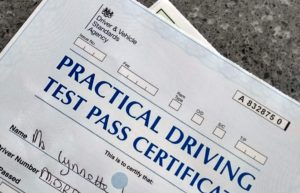
The examiner noted a handful of minor mistakes, but I passed. I think I’m happier to have a
